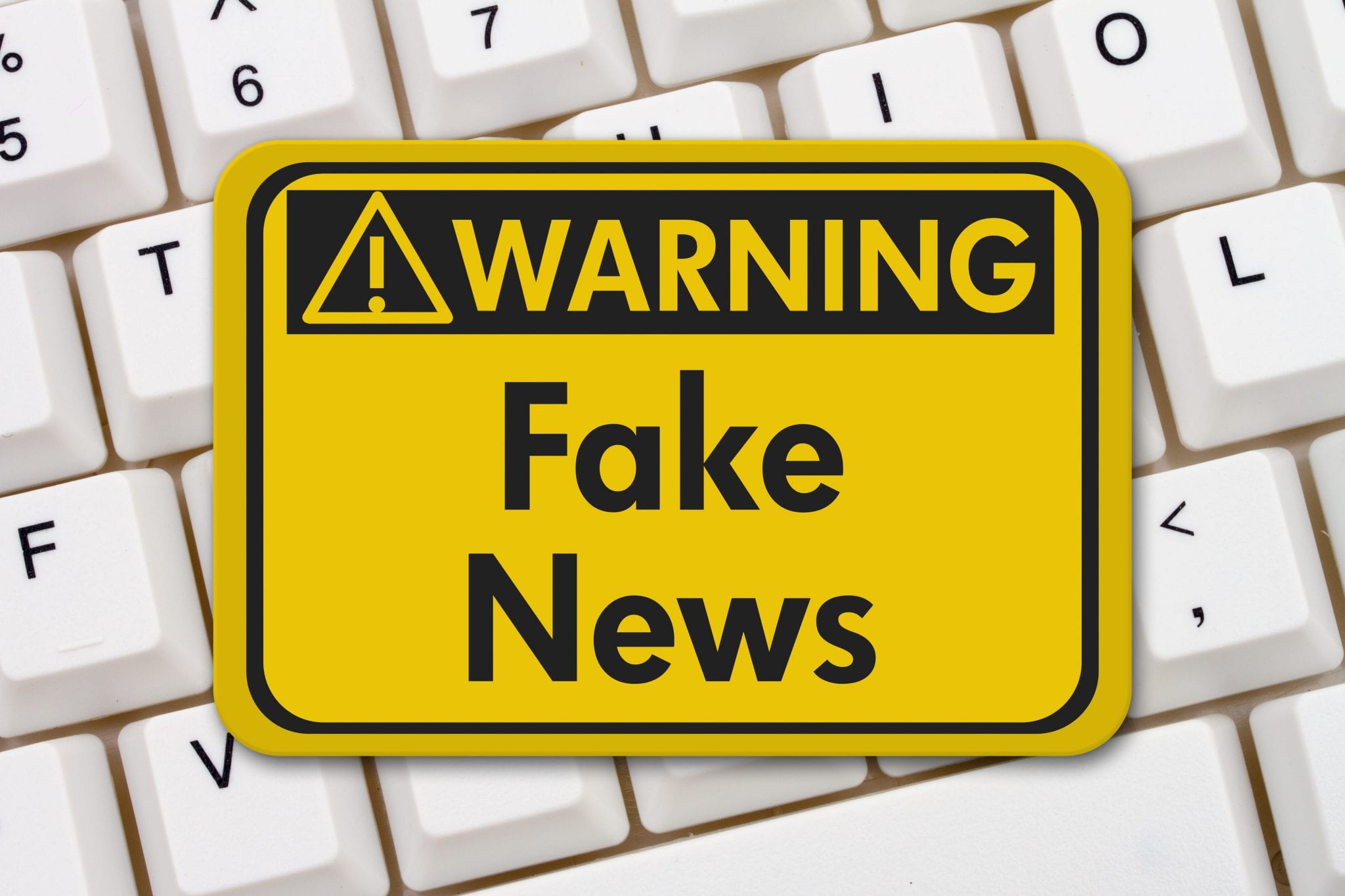
Fake news is one of the most critical issues in education today.
Adults and children alike have difficulty knowing the difference between reality and falsehoods that are being perpetuated by unscrupulous media sources. This can make it challenging for parents and kids to know that their education is going well.
One of the big problems with this is that folks are often only receiving a certain angle of the news. The search engines and other websites that we all use each day track likes, dislikes and a host of information. All of this is supposed to improve user experience. That is the reason that Kindle knows which books to recommend and Amazon knows which kind of paint you use for your weekend hobbies.
While that can make shopping a whole lot better, it can also present problems. For instance, the news that people are fed online is increasingly biased toward their own point of view. Now, that alone would not be sufficient to create too big of a problem.
The real problem lies in the fact that so many false reports are getting out there and that it has become more and more difficult for people to find information that is guaranteed to be true. After all, new news sites are popping up all of the time and even reputable sites are known to make mistakes and do little to report mixups when discovered.
The biggest example is the recent election, and in fact, that is what has finally drawn some attention to this very important issue.
After all, most people only saw the news reports that related to the party they supported. It was quite a shock for folks to discover that there were plenty of other reports that had been online with a far different view of the situation.

So, what can a person do when attempting to figure out if the news is real or not?
Well, the first thing that students and adults both need to realize is they need to expand their reading horizons. While not suggesting that you go and join social media groups in support of the opposing political party, you do need exposure to authoritative sources with different views than your own.
One of the best ways to go about this is to subscribe to reputable and well-established magazines in a variety of subjects. Look at points of view beyond your own and attempt to understand what their side is saying. By learning who the folks are that are well-spoken with differing points of view, it will make it easier for you to recognize when someone has taken a stance extremely different from them.
Of course, sometimes those whistleblowers and speakers are just the ones who are telling the truth, so there is a balance to be had. If you are not sure about the reputability of a website, check it out for yourself. There are satire sites online that sometimes get posted to social media, where folks who don’t know repost, thinking that they are sharing an important message when in fact they are being misled.
But, that is not the same as fake news. There are sites that intentionally post false stories just to get views. Limit the amount of time that you spend on sites with lots of ads that leave you clicking all over the web. It is very easy to find yourself on a bad site even though you originally began your search on a trustworthy news site.
Don’t get fooled by these fake news sites
Here Are 50 Of The Biggest Fake News Hits On Facebook From 2016

What students can do
- As a student, you are in the unique position of being able to write papers for your academic work. Take the time to learn about argumentation and logical fallacies. These concepts are generally introduced in your freshman year of college, but you can find some great introductory materials at the high school level.
- If the sites that you are seeing are using poor logical reasoning, you should be suspicious. In fact, you should apply these skills to any news story you read and life in general. These are critical issues in education that must be addressed if you are going to be able to withstand the future.
- As the web continues to grow, it will become increasingly vital to know how to differentiate between real and false data. While false stories can certainly be told as truth, most of these folks prefer the sensationalist headlines and fear talk interspersed with minimal content. In fact, that is often another red flag. However, there are legit folks who utilize these techniques as well. So, look for several indicators.
When it comes to critical issues in education, teaching kids how to separate the real from the false media is vital for the future of them as individuals and for the country as a whole!
Additional Resources
Is ‘fake news’ fooling kids? New report says yes
5 Ways Teachers Are Fighting Fake News
Schools Key to Solving Fake News Problem, Says UConn Expert
“Fake News” Is Hard For Kids To Spot
This education startup is teaching kids how to spot fake news
The Classroom Where Fake News Fails
How to Spot Fake News (and Teach Kids to Be Media-Savvy)
Raising media-savvy kids in an era of fake news
Social Media and Fake News in the 2016 Election
Related Resources
“WHAT ARE HUMAN RIGHTS?” LESSONS FOR KIDS!
Immigrant and Refugee Children: A Guide for Educators and School Support Staff
Serving and Supporting Immigrant Students: Information for Schools